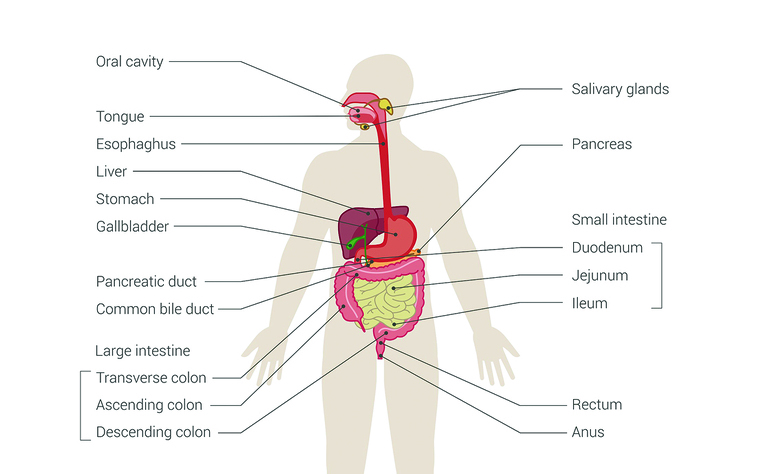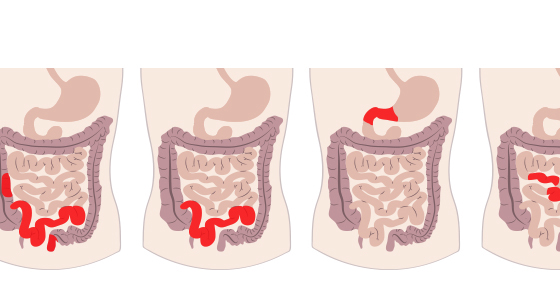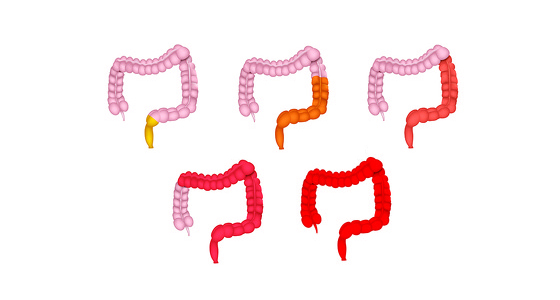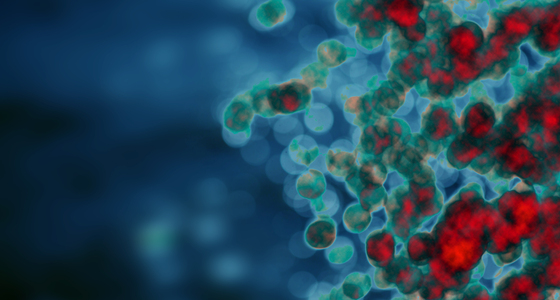Inflammatory bowel disease (IBD) is a digestive disease which can affect any part of your digestive tract. Here we take a look at how a healthy digestive system should work.

Your digestive system turns the food you eat into nutrients which the body then uses for energy, growth and cell repair.
Mouth
Digestion starts in the mouth before you have even taken the first bite of a meal. When you smell, see or think about tasty food your mouth will often start salivating. When you take your first bite this saliva mixes with the food to help break it down so that your body can absorb it. Chewing the food also aids this process while your tongue moves the food around to get it to your teeth and mix it with the saliva.
Throat
After leaving the mouth the food travels through your throat (also known as the pharynx) towards the esophagus.
Esophagus
The esophagus is a muscular tube which connects the throat and the stomach. It is about 25cms long and pushes food down towards your stomach through a series of contractions. It takes 2-3 seconds for the food to move through the esophagus. Just before the point at which the esophagus meets the stomach there is a valve which is designed to stop food from passing back upwards.
Stomach
The stomach is an organ which has strong muscular walls. When the food reaches the stomach it is mixed with acid and powerful enzymes which break down the food. These gastric juices also work to kill bacteria that may be in the food. The stomach has strong wall muscles which help to turn the food into a liquid or paste.
Small intestine (small bowel)
After leaving the stomach the food reaches the small intestine. The small intestine is a long tube (more than 6m long and 3.5-5cms wide) which is coiled up in the abdomen. It is made up of three segments - the duodenum, the jejunum and the ileum.
Enzymes from the pancreas and bile from the liver work to continue the process of breaking down the food. Similar to the esophagus, contractions help to move the food through. The job of the duodenum is mostly to continue the process of breaking down the food while the jejunum and ileum are mostly responsible for the absorption of water and nutrients into the bloodstream. Around 90% of digestion and absorption takes place in your small intestine. This is why people with Crohn's disease in their small intestine often suffer from vitamin and mineral deficiencies. Food can spend around 4 hours here. Once the small intestine has absorbed all the nutrients any leftover food moves through to the large intestine (also known as colon).
Large intestine (colon/large bowel)
The large intestine is a wide (around 7-10cms) muscular tube that runs between the cecum (the first part of the large intestine) to the rectum (the last part of the large intestine). It is around 1.5m in length. The parts of the large intestine are the cecum (the beginning of the colon) the ascending (right) colon, the transverse (across) colon, the descending (left) colon and the sigmoid colon - which connects to the rectum. Food waste is moved through the large intestine by contractions and as it passes through more water and nutrients are absorbed so that a stool is formed. This stool is then stored in the sigmoid colon until the body empties it into the rectum. It normally takes around 36 hours for a stool to get through the large intestine. A stool is mostly made up of food debris and bacteria. When the descending colon becomes full it empties the contents into the rectum.
Rectum
The rectum connects the colon to the anus. It is around 20cm long and holds the stool until your body is ready to push it out. When a stool or gas reaches the rectum sensors send a message to the brain to let it know that there is something in the rectum. Muscles, known as sphincters, act to hold in the stool until a message is sent from the brain to let the rectum know that the stool can be released. When this happens the muscles relax, releasing the contents.
Anus
The anus is the last part of the digestive tract and the lining of the upper anus works to detect rectal contents and tell your body whether the contents are liquid, gas or solid. The anus is made up of the pelvic floor muscles and two anal sphincters (internal and external muscle rings) work together to stop a stool from coming out. The external sphincter (voluntary) works to keep the stool in until we can get to the toilet while the internal sphincter (involuntary) stops us from going to the bathroom when we are asleep or unaware of the stool. These muscles relax as the stool is expelled.


